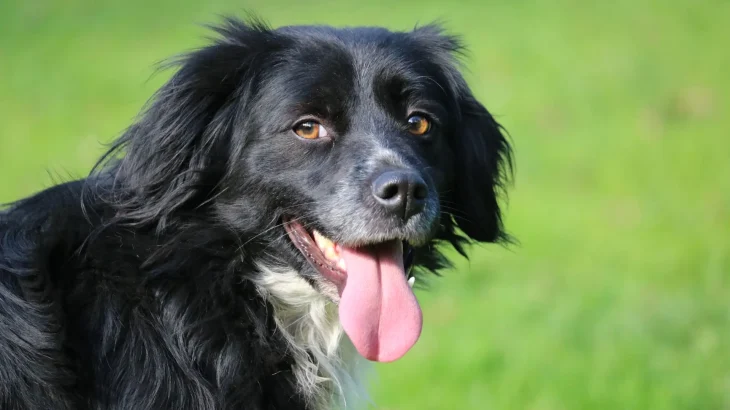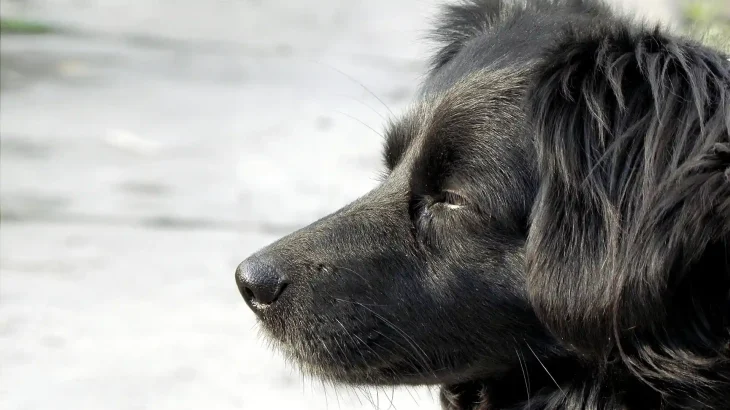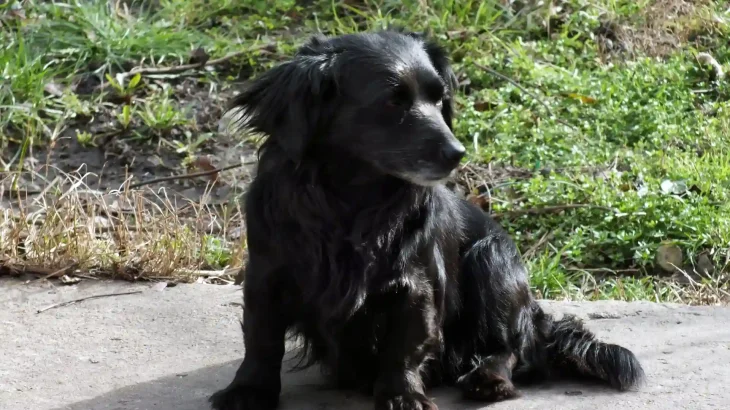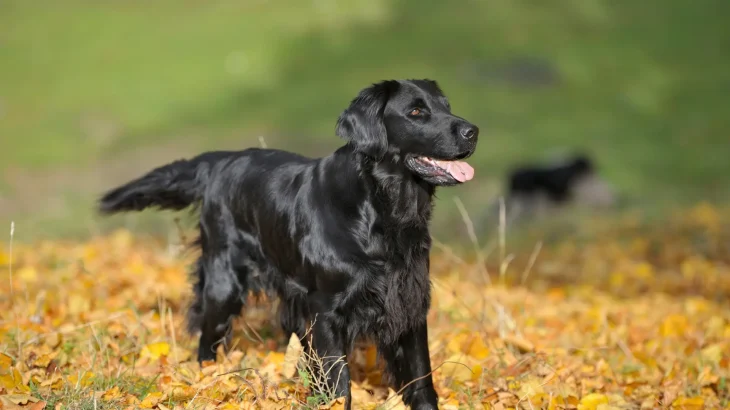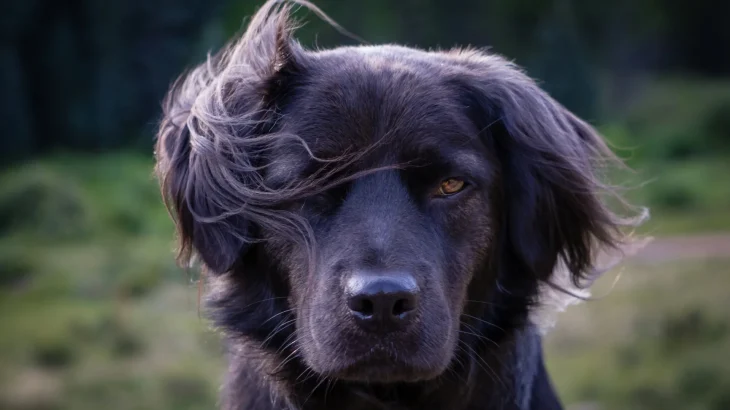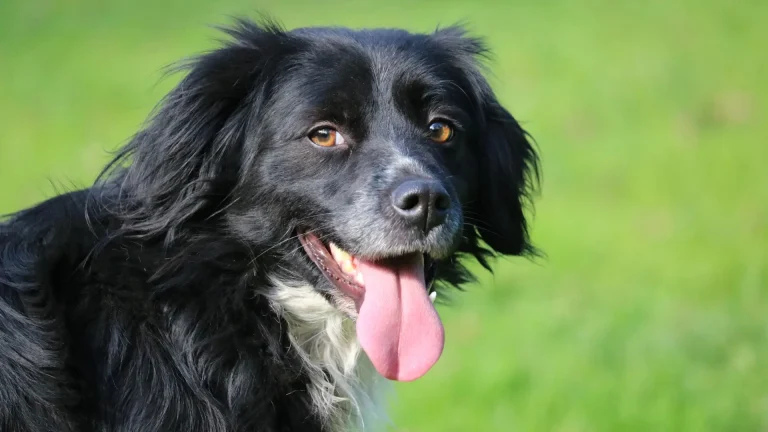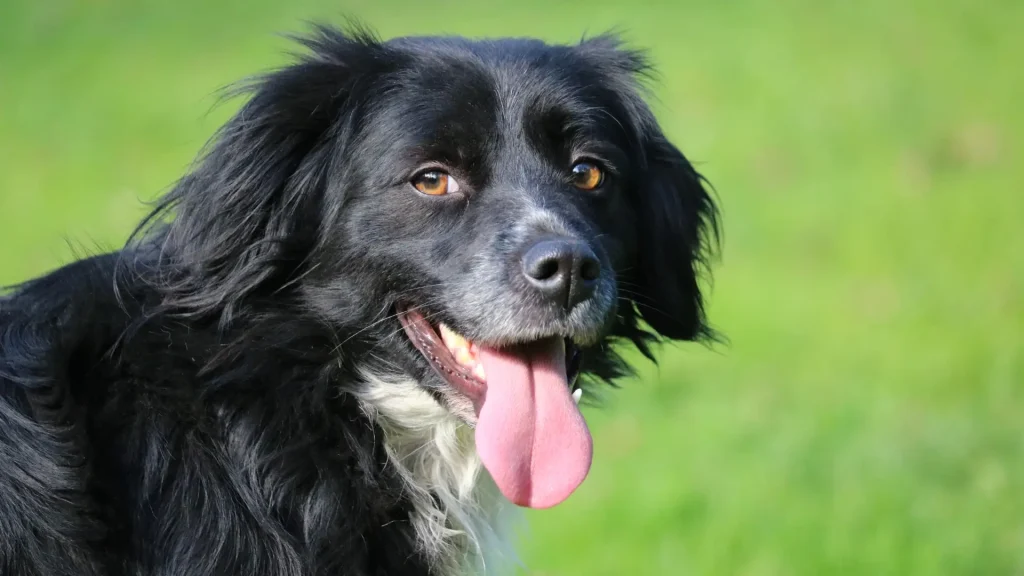Deciding whether to adopt or purchase a Markiesje puppy involves weighing factors like cost, health clarity, and ethics. Purchasing from a breeder usually guarantees documented breed purity and health history, while adoption can be a heartfelt choice supporting animal welfare and potentially saving a life.
| Criteria | Buying from Breeder | Adopting from Shelter/Rescue |
|---|---|---|
| Cost | Generally higher; Markiesje puppies from breeders may cost more due to demand for purebreds. | Typically lower fees; a more affordable way to add a Markiesje or similar dog to your family. |
| Health History | Breeders often provide detailed health screenings and genetic test results. | Health background may be limited or unknown, though shelters perform basic checks. |
| Age Availability | Mostly young puppies, allowing early bonding and training. | All ages may be available, including adults, which can be less work for first-time owners. |
| Temperament Insight | Breeders can share lineage traits and early socialization info. | Shelters may provide behavioral notes, but history can be incomplete. |
| Supporting Practices | Supports responsible breeders and the breeding community. | Helps reduce shelter overcrowding and promotes animal welfare. |
| Breed Purity & Pedigree | Assured pedigree for those seeking true Markiesje lineage. | May be mixed or uncertain lineage; some rescues may have pedigree documents. |

